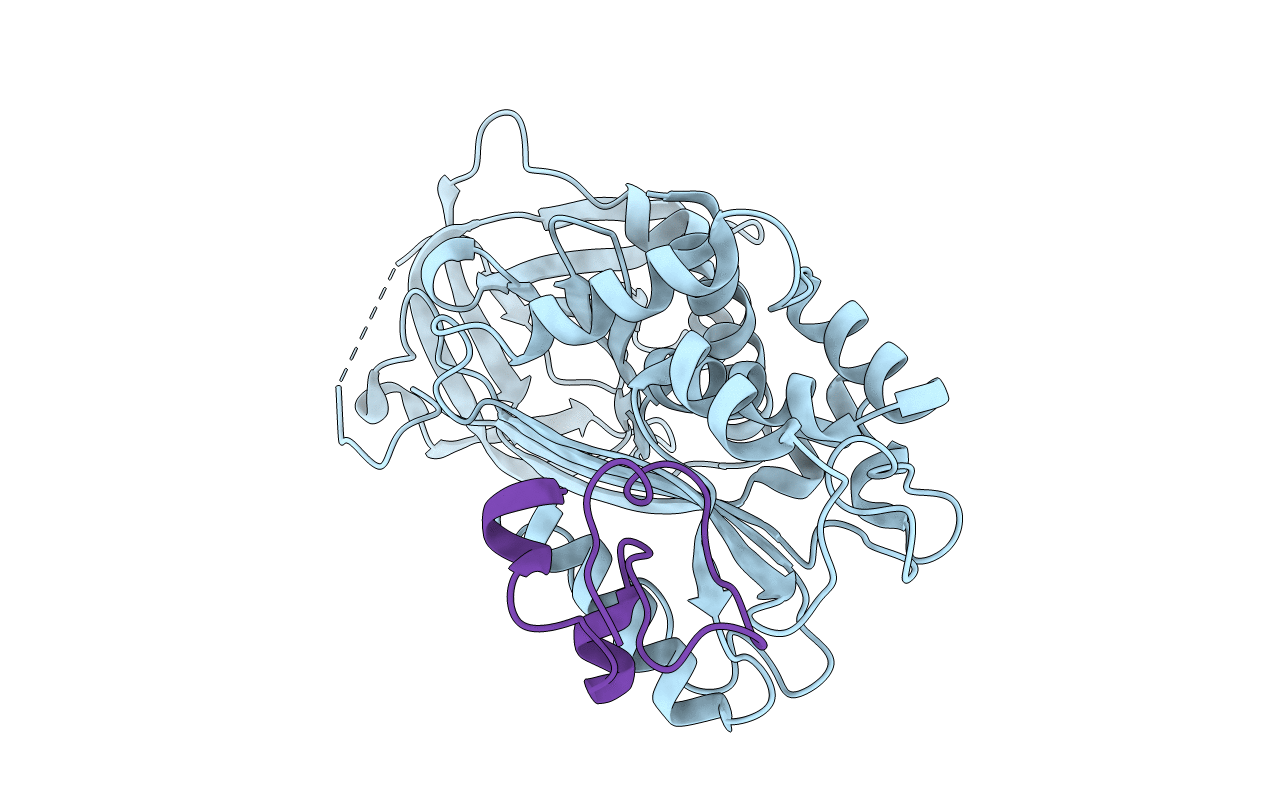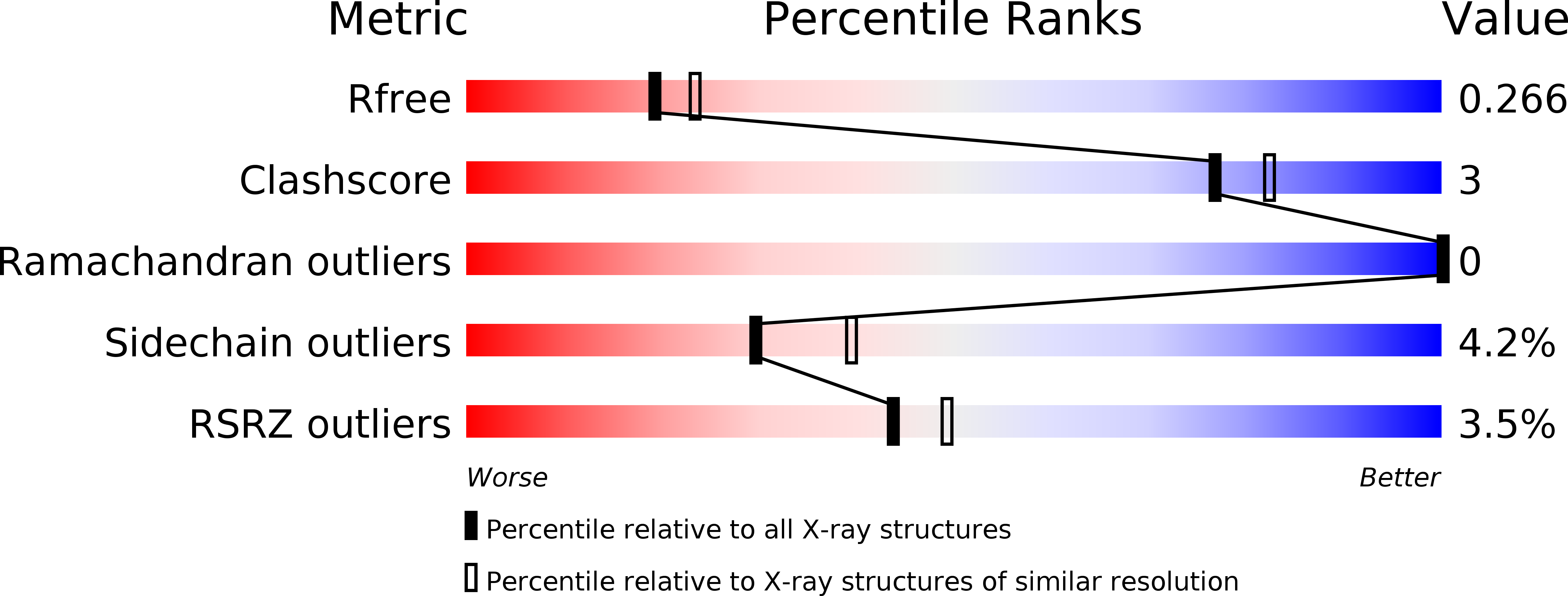
Deposition Date
2003-02-03
Release Date
2003-06-19
Last Version Date
2024-10-23
Entry Detail
PDB ID:
1OC0
Keywords:
Title:
plasminogen activator inhibitor-1 complex with somatomedin B domain of vitronectin
Biological Source:
Source Organism:
HOMO SAPIENS (Taxon ID: 9606)
Host Organism:
Method Details:
Experimental Method:
Resolution:
2.28 Å
R-Value Free:
0.25
R-Value Work:
0.19
R-Value Observed:
0.19
Space Group:
P 21 21 21


